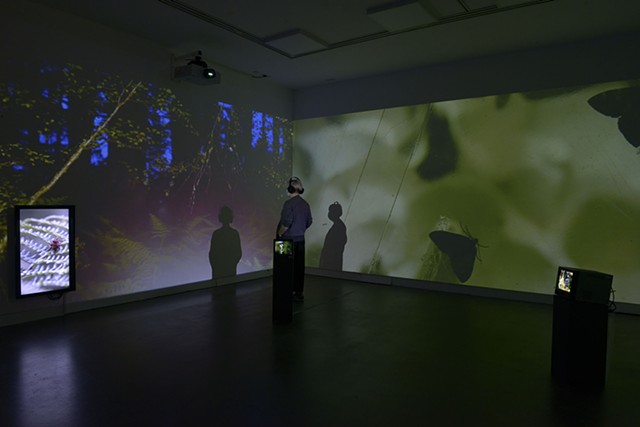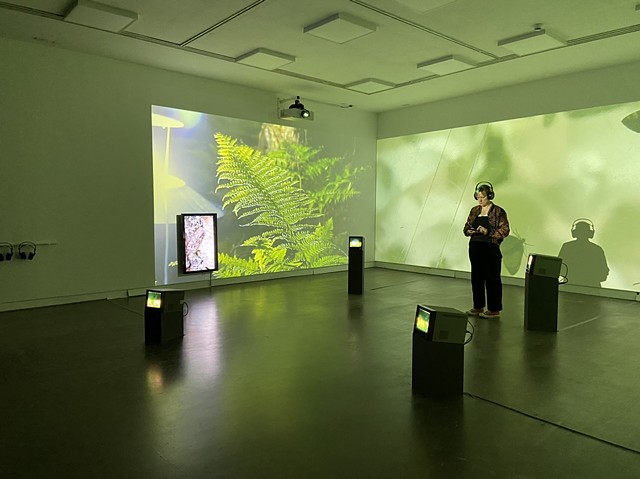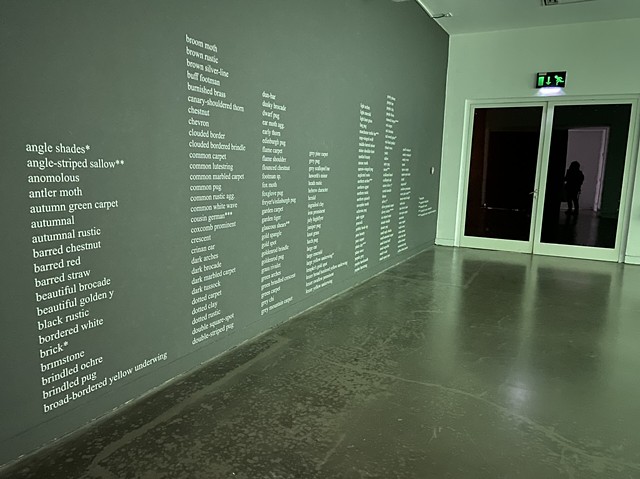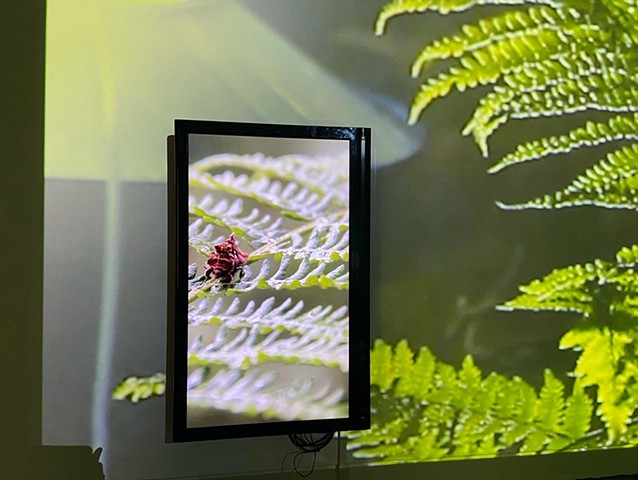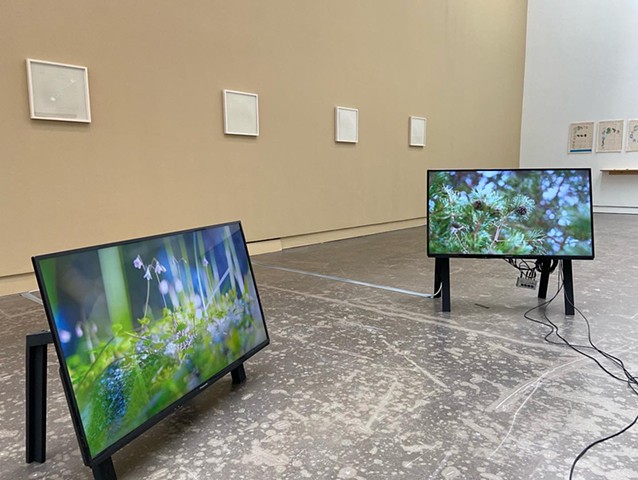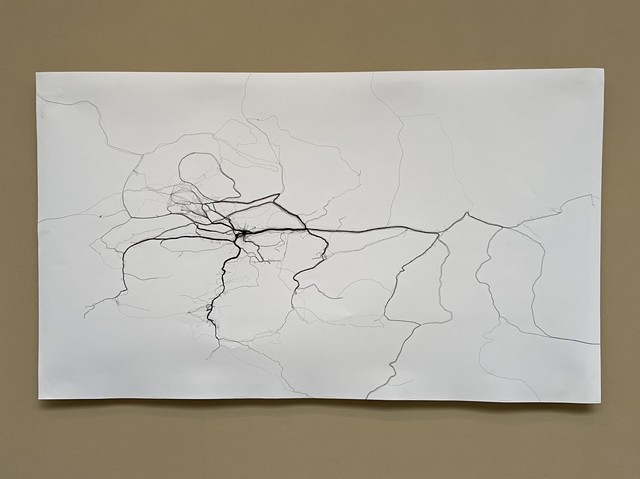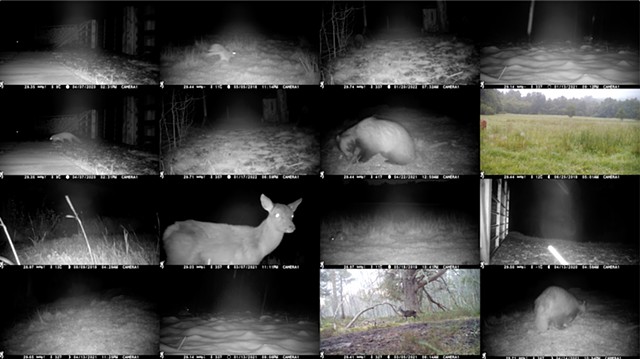lightly, tendrils, Centre for Contemporary Art, Glasgow April 9th - May 21st, 2022
Some images on my work in the two-person show, lightly, tendrils, with Barbadian artist Annalee Davis. In this exhibition, we both explore nature and landscape, with our work rooted in the our experiences of living in, walking around and mapping our respective landscapes of Scotland and Barbados.
'"lightly, tendrils" suggest a sense of movement, an itinerant journeying toward and through different zones of thought and practice. The exhibition suggests this journey through Amanda Thomson’s work in and around the Scots pinewoods of Abernethy forest in the Scottish Highlands and Annalee Davis’s examination of post-plantation economies within the landscape of Barbados. In producing cartographic representations, creating a scatter pattern in relation to a memory of a place and persons, the exhibition hopes to create registers that stretch out, thread-like and twine around as a wayfinding guide for us to think about our connections and positions to look from…'. Alaya Ang, Curator, CCA
Some of my work created in this exhibition was gathered as part of my time as artist in residence for the Cairngorms Connect Landscape Restoration Project, generously funded by The Endangered Landscapes Programme.
A lot of my work is concerned with enacting and encouraging attentive looking, listening, slowing down, taking time to become familiar with new things and revelling in the unfamiliar. I consider how we make connections with the natural world across time, landscapes and histories, and across disciplines, knowledges and experience. I starts in nature and works out from there.
Imago/ Imagines
An imago is the name for adult moth, and imagines is the plural/ collective noun. Here, I'm interested in the unnoticed in the everyday, and the significance of the unnoticed. Moths form an important part of Scotland’s biodiversity, and over 1300 species of moths have been recorded in Scotland. They are an incredibly important part of the ecosystem, yet they go about their business quietly and unobserved. What are the spaces of the unseen, and the invisible connections interconnectedness and symbiosis between species, which is explored in the accompanying soundwork. Language, and the poetics and crossovers of science, ecology and art, list-making also plays an important part of my ongoing work.
Twinflower
Twinflower takes the form of a videowork and long-form audio essay that explores the connections between twinflowers, a rare flower found in Scots pinewoods, and environmental change, history, migrations and time. I explore the nature of what it is to categorise, using its Latin name, Linnaea borealis, to consider this tiny plant’s connection to histories of botany and botanical collections, colonialism and ecological histories of place.
walkDrawings
Originally interested in the ways that specific tasks dictate how we move across landscape, the series of etchings reveal a series of tasks carried out while volunteering on an RSPB reserve.
The large piece show here emerges from collating the drawings taken from my house – the thicker lines revealing repeated routes, the thin threads, where I have covered a path only once or twice. The title of the large piece, ‘walk circles’, comes from the geographer Tim Edensor’s observation that ‘in medieval times, walking was usually bounded by an individual’s “day’s walk circle” and area within which most every day activities and adventures were confined’ and how, at that point, there were very few through tracks ‘due to locally constituted boundaries of society and space’. It refers to how many of these recorded walks took place during lockdown, when we were restricted to walking only from our homes.
Unseen, nature
Is a collection of footage from a nature camera placed around the house, capturing the everyday and everynight movements that go on unseen on a daily and nightly basis, with the camera and what is found and captured, as well as which is just caught or seen, or almost missed.
